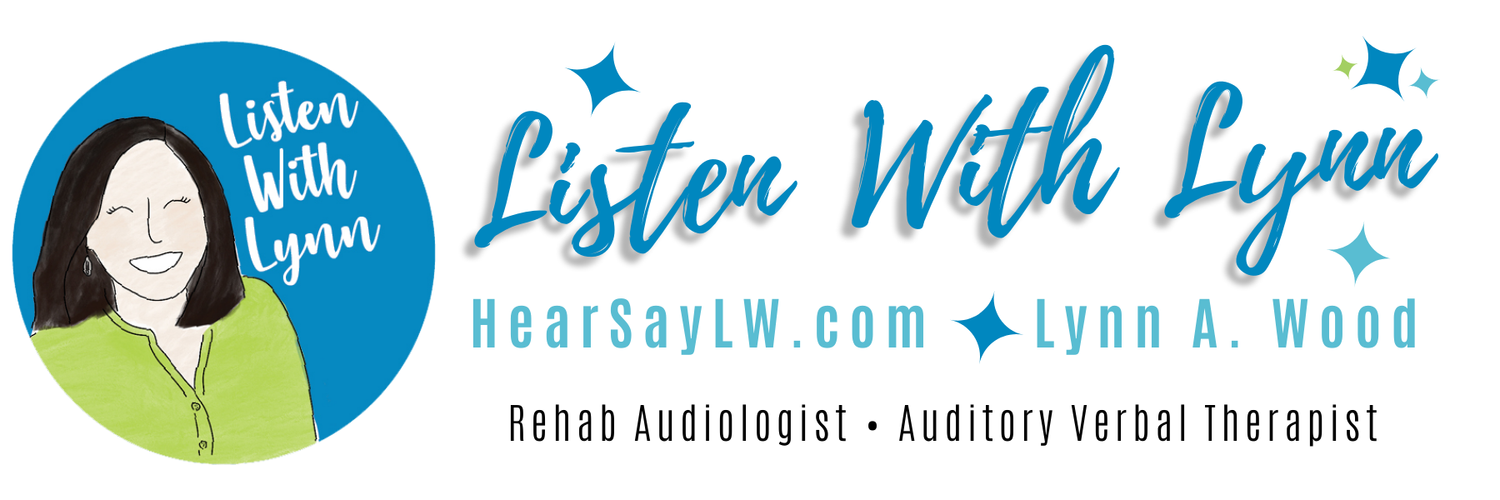Kids learn the listening rules easily with the Listening Song. Setting words to music actually helps a child’s brain learn them quickly and retain them longer. That’s why we remember the lyrics of songs we sang as children, even if we haven’t heard them in years.
Read moreSinister The Bad Listener
I came up with the idea and the character Sinister years ago and have yet to meet a child who doesn't love talking about this bad listener. Kids love imaging the trouble sinister gets himself into because he doesn’t listen. Many can relate to all of Sinister's excuses for not listening. Listening is hard work. Listening fatigue is real. This activity allows them to laugh, relate, and share what they have thought about but never dared to say out loud.
I created a new resource for my Listen With Lynn store about Sinister and am eager to share it with many more children. It is not grade specific but I have found it successful for first graders through middle-schoolers.
Meet Sinister Sinister has two ears, wears great hearing devices and has been in listening and language therapy since he was a toddler. But, it doesn’t matter. Sinister is a BAD listener! He doesn’t try and makes up excuses for not listening. Sinister gets in a whole lot of trouble because he doesn’t listen.
The therapist, teacher or parent leads a discussion using the game deck of Sinister’s poor excuses for not listening. It is designed to be presented through hearing first to emphasize learning spoken language through listening. The activity has a Listen slide followed by the passage. The adult reads aloud each of the 12 passages one by one that contains Sinister’s excuses for not listening. Read the passage while viewing the Listen slide. This provides ear contact before eye contact, which is critical to building auditory and listening skills.
The child listens and retells or paraphrases the excuse in their own words. This uses the child’s Auditory Feedback Loop (Hear It → Think it → Say it) and builds auditory memory and comprehension skills.
Then show the slide with Sinister's excuse. Talk with the child and reflect on Sinister’s excuses for not listening at school. Brainstorm suggestions about what Sinister could do to become a great listener and the boss of his hearing loss.
Tips for Communication Success -Boss of Your Hearing Loss can guide the discussion. It is always amazing to ask the asking the child what they learned and their takeaways from talking about Sinister after this activity.
This activity is an easy, no-prep way to encourage the child to be Boss of Your Hearing Loss. It can be used by parents at home, teachers and therapists both face to face and during tele-practice.
Self Advocacy Scenarios - Turning Lemons Into Sweet Lemonade
For individuals that are deaf and hard of hearing self-advocacy and personal responsibility are keys to success. Advocacy means standing up for your needs which requires knowledge, skills, and practice.
Fostering self-advocacy must begin early when a baby or very young child is fit with hearing devices and woven into the routines of daily life. In the preschool years, responsibility and self-advocacy are explicitly taught and practiced at home, in therapy, and at school. Elementary-aged children learn new skills related to their hearing, hearing technology, access to sound, services, and communication strategies. Expanding and evolving self-advocacy skills grow and adapt as new challenges are faced throughout school and for a lifetime.
When Life Gives You Lemons Make Lemonade
A scaffolding strategy, I find successful when introducing self-advocacy to preschoolers in auditory verbal therapy begins with an experiential language activity of making homemade lemonade. This rich experience sets a foundation for an ongoing series of lessons on self advocacy and the premise of this resource. Children in my practice learn early, they are the boss of their hearing loss. Sometimes life hands them sour lemons but they can choose to turn those lemons into sweet lemonade.
20 Scenarios
Twenty scenarios portray common situations encountered by school-aged children and are derived from true stories I have heard from children over the years. Each scenario requires problem-solving and brainstorming possible solutions for each difficult situation. While the theme is making lemonade the scenarios are common listening situations where problems may occur due to the setting, the listener or the person talking.
The adult reads aloud each scenario. The child listens to the lemon situation and retells or paraphrases it in their own words. The adult asks, “How can you make lemonade out of this lemon situation?” and guides a discussion using the given prompts with each scenario. Together they think about the difficult (sour lemon) situation and ways to address the communication breakdown and how to turn those lemons into sweet lemonade.
The scenarios are of real photos that elicit language and engagement. This resource is a digital interactive PDF with clickable buttons to navigate between pages. It was created to be used in teletherapy and as no print in face to face lessons/sessions.
The video shows the format for this resource. Remember, sometimes life hands you sour lemons but you can choose to turn those lemons into sweet lemonade.








